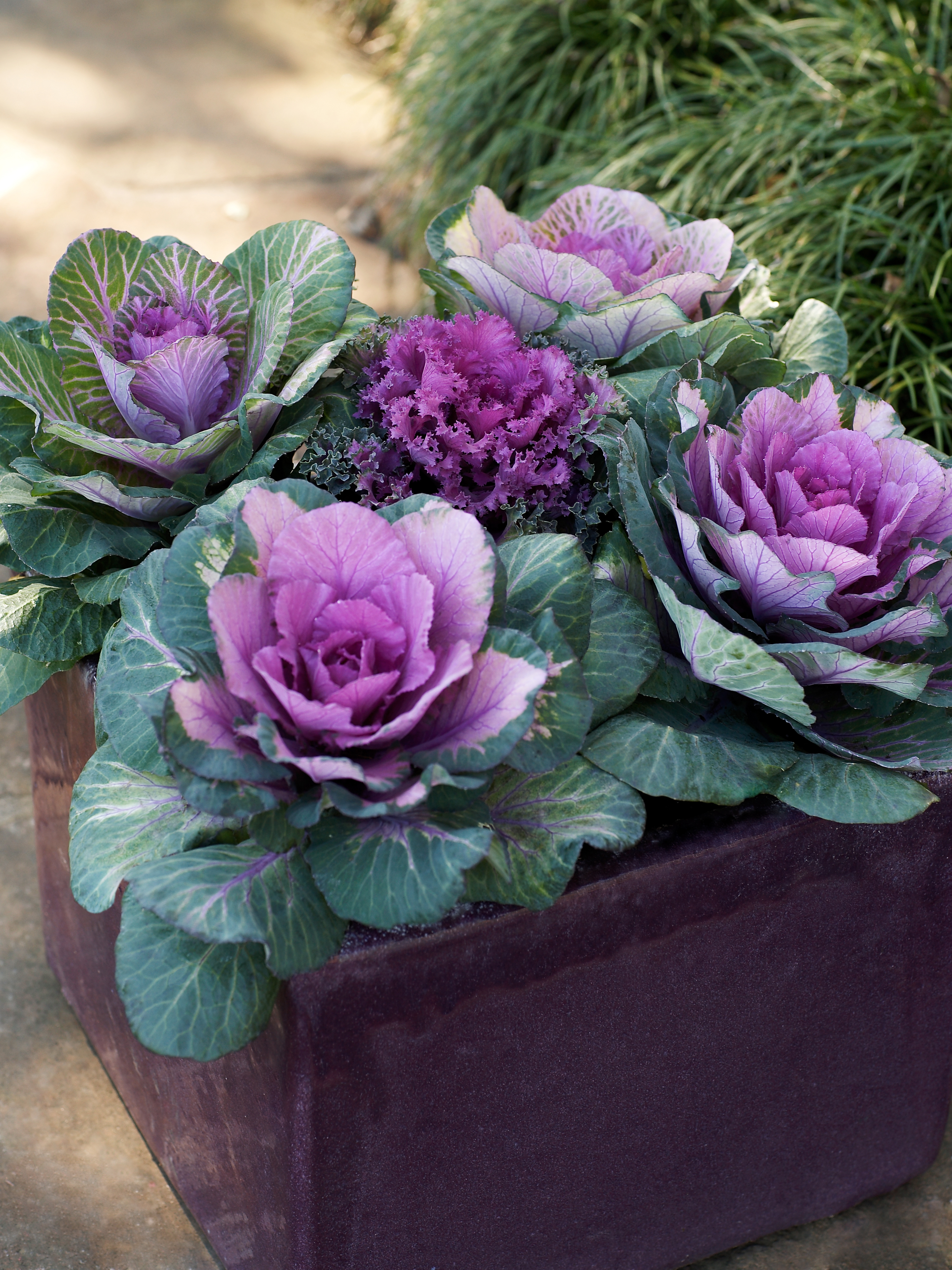

Growing kale from seed in containers how to#
Learn how to harden off seedlings in this detailed article. Harden off the young plants before moving them to the garden. Once the seedlings are a couple of inches tall, feed them with a diluted liquid organic fertilizer at half the recommended rate. Keep the soil lightly moist, but not wet as the seeds germinate and begin to grow. Place the containers in a sunny window or beneath a grow light giving them 14 to 16 hours of light each day. Plant one to two seeds per cell sowing them just a quarter of an inch deep. Plant kale seeds in pots or cell packs and trays that are filled with a high quality potting mix. Lacinato kale seed can be started indoors or direct seeded in garden beds and containers. Learn more below about these two planting methods below. If your soil isn’t particularly fertile, apply a balanced organic granular fertilizer before planting. Lacinato kale can be direct seeded in the spring garden or started indoors and transplanted outside once the seedlings are a few inches tall. Kale likes well-draining, fertile soil so amend the bed with compost or aged manure before planting. That said, you can grow kale in a partially shaded site with only four to six hours of light, but the plants will grow slower and yield fewer leaves. Kale grows best when planted in a site that offers eight to ten hours of sunshine each day. We also harvest the leaves into winter but it’s not as cold hardy as other varieties. Lacinato kale can be grown in spring, summer, or fall. I talk about the many benefits of using garden covers in my book, Growing Under Cover. Once you see the sprouts emerging from the soil, you can remove the cover. The summer weather is often hot and dry and providing a bit of shade helps reduce water evaporation from the soil and encourage good germination. When sowing seed in mid to late summer for a fall or winter harvest, I like to float a length of row cover or shadecloth over top the bed on hoops for the first week after planting. Ideal soil temperatures for seeding and transplanting are 55 F (10 C) to 77 F (25 C). You can direct seed or transplant as early as two to three weeks before the last spring frost and as late as six to eight weeks before the first fall frost. When to plant lacinato kaleīecause it’s both heat and cold tolerant, lacinato kale has a long planting season. Lacinato kale plants can grow up to three feet tall and their unique form and foliage add interest to both vegetable and flower gardens. The plants can grow up to three feet tall and when mature look a bit like miniature palm trees with a rosette of narrow leaves held atop straight stems. This unique kale is tolerant of both hot and cold weather, but is less winter hardy than varieties like Winterbor and Red Russian. Lacinato is one of the most ornamental vegetables I grow and everyone loves its unique form and foliage. It’s a member of the cabbage family and related to crops like collards, cauliflower, broccoli, and cabbage.


Lacinato kale is an heirloom vegetable from Italy with many names including dinosaur kale, Tuscan kale, Cavolo Nero, Toscana kale, Italian kale, and black kale. Lacinato kale is popular for its beautiful blue-green leaves and mild flavour. Keep reading to learn how to grow a bumper crop of lacinato kale. Plus, it’s quick and easy to grow with a baby crop ready to harvest a month from seeding and mature leaves just four weeks later. The leaves are thinner and more tender than other types of kale making this an excellent choice for both raw and cooked dishes. The plants form beautiful rosettes of blue-green leaves that are perfect for the vegetable or flower garden. Lacinato kale is my favorite type of kale to grow.


 0 kommentar(er)
0 kommentar(er)
